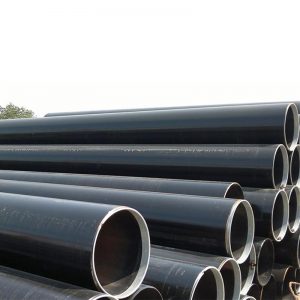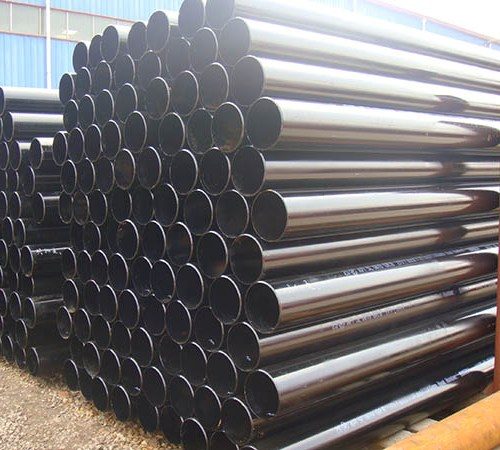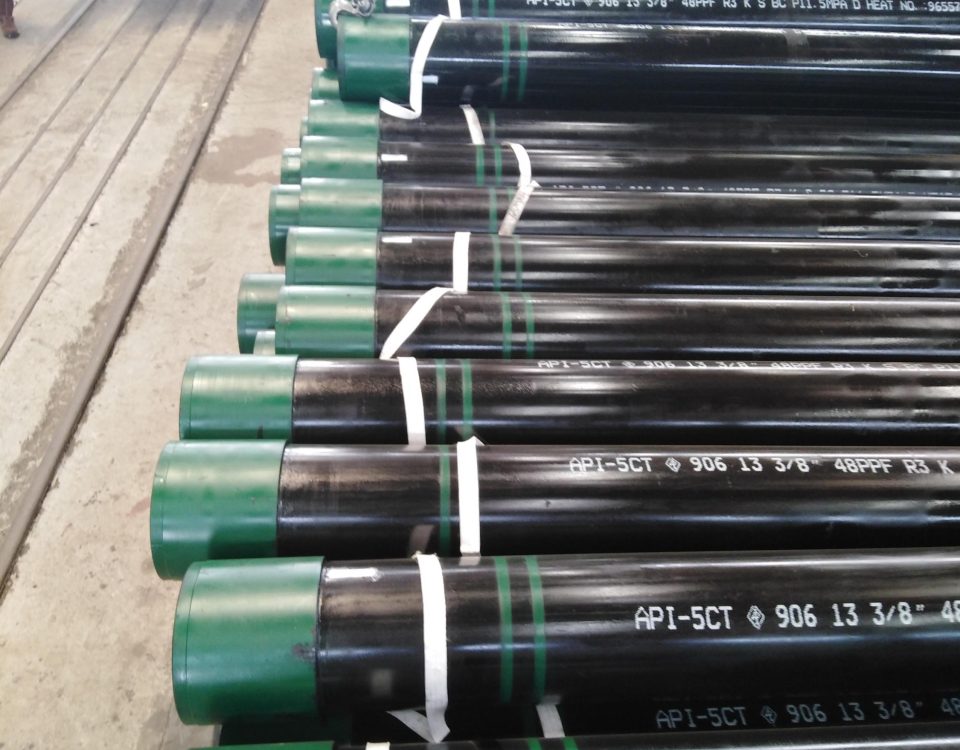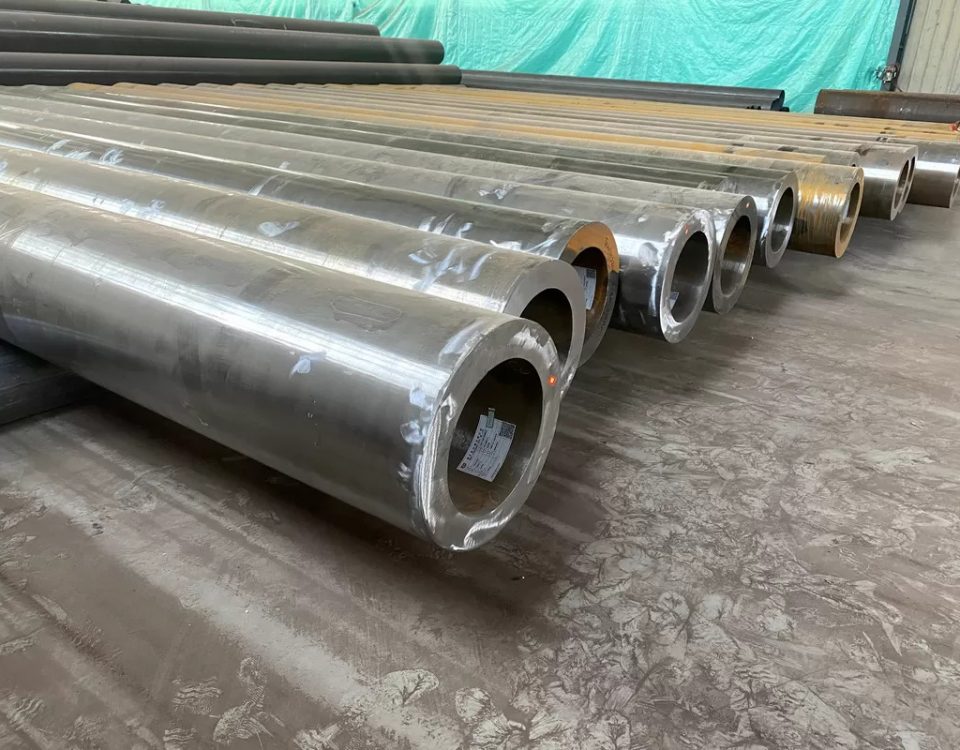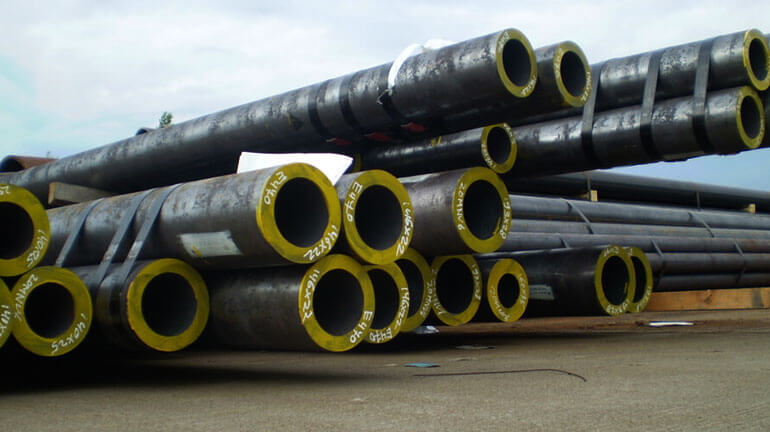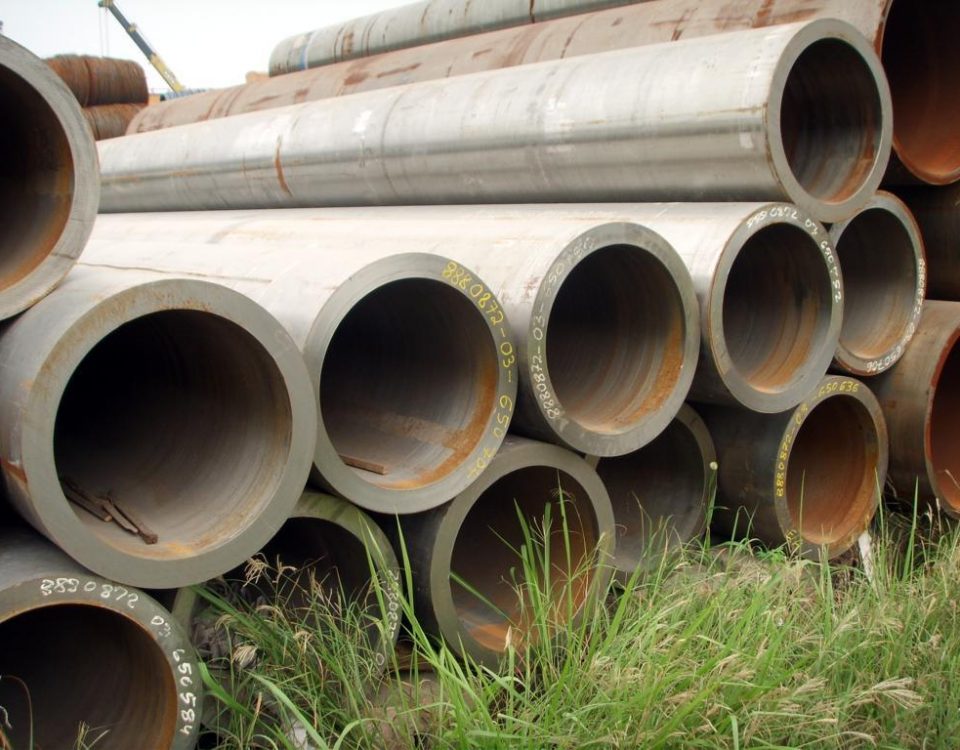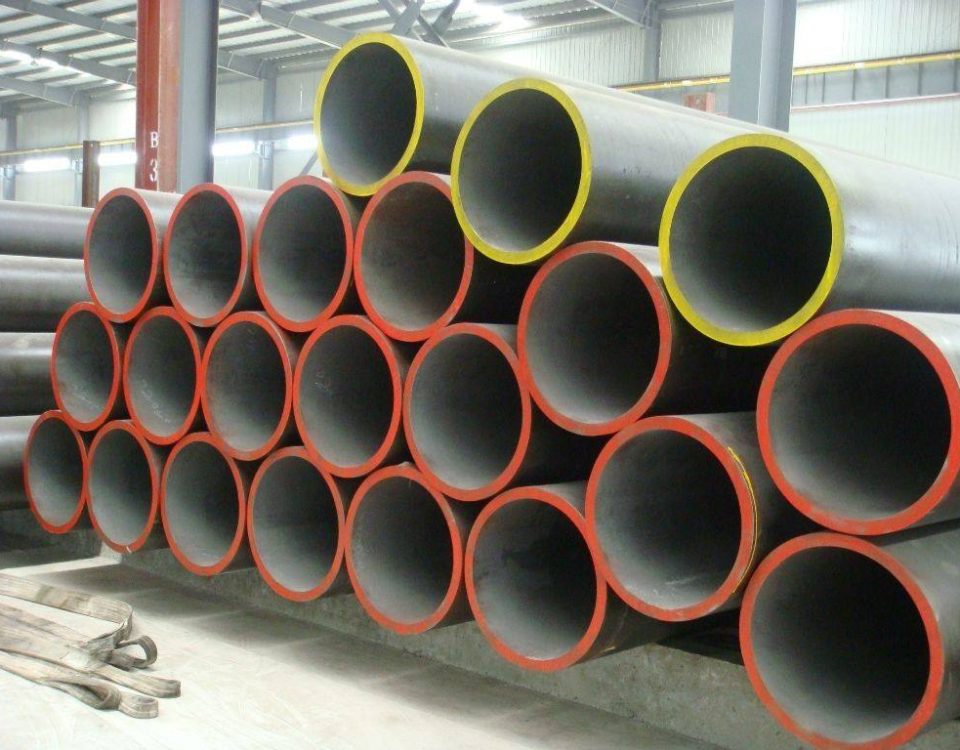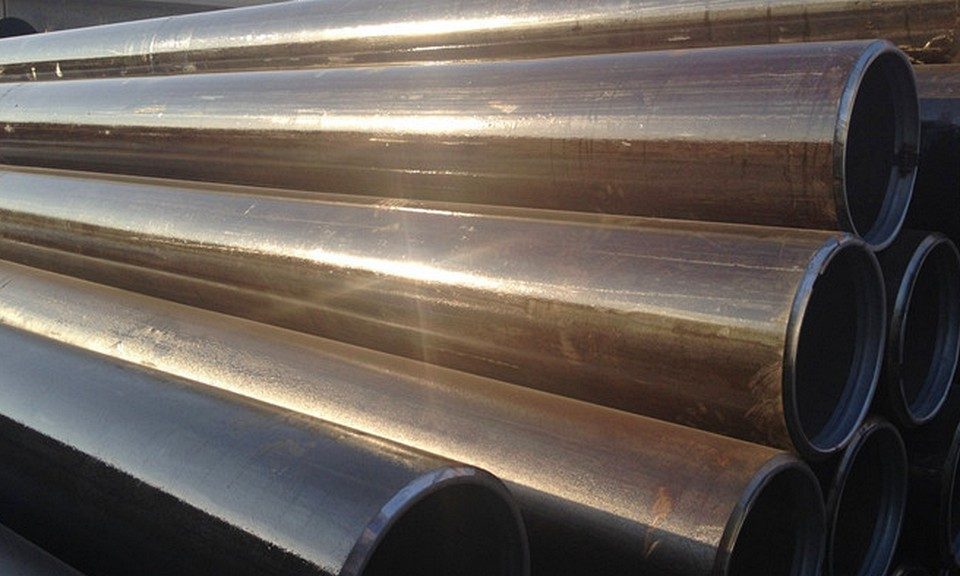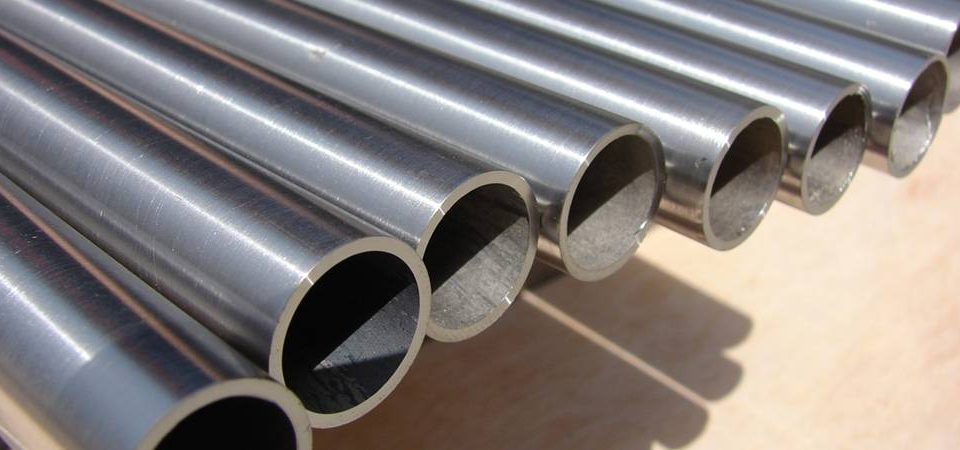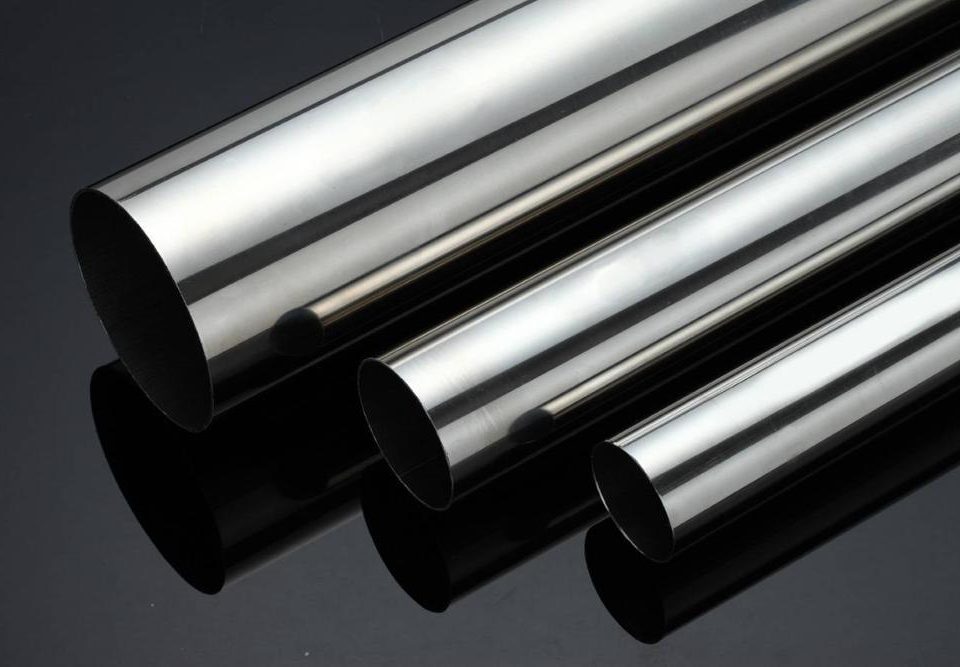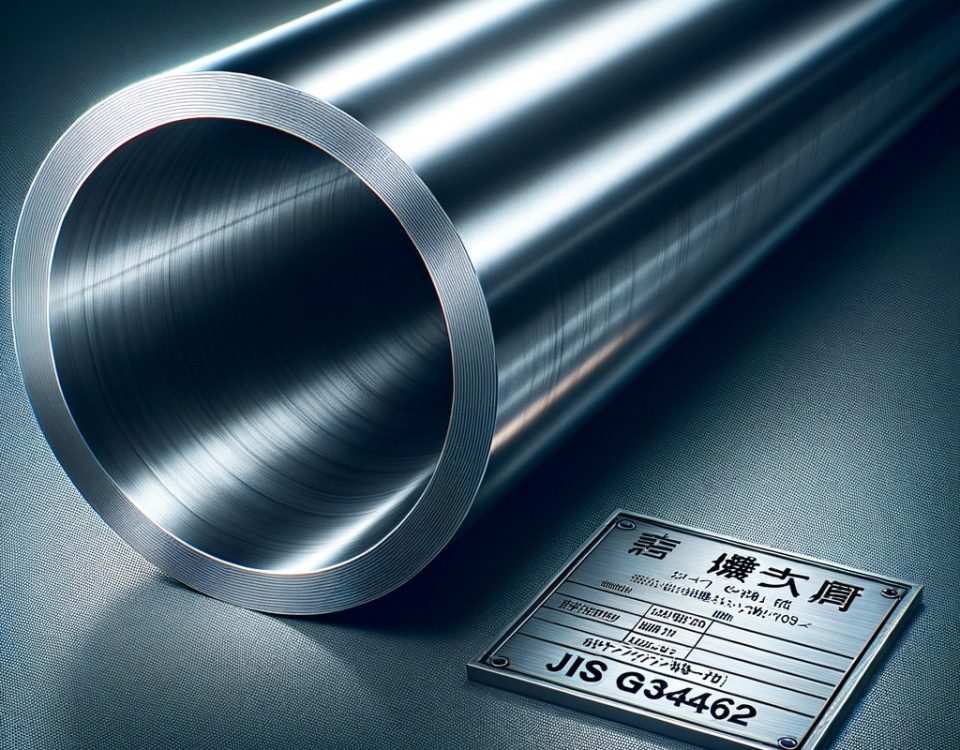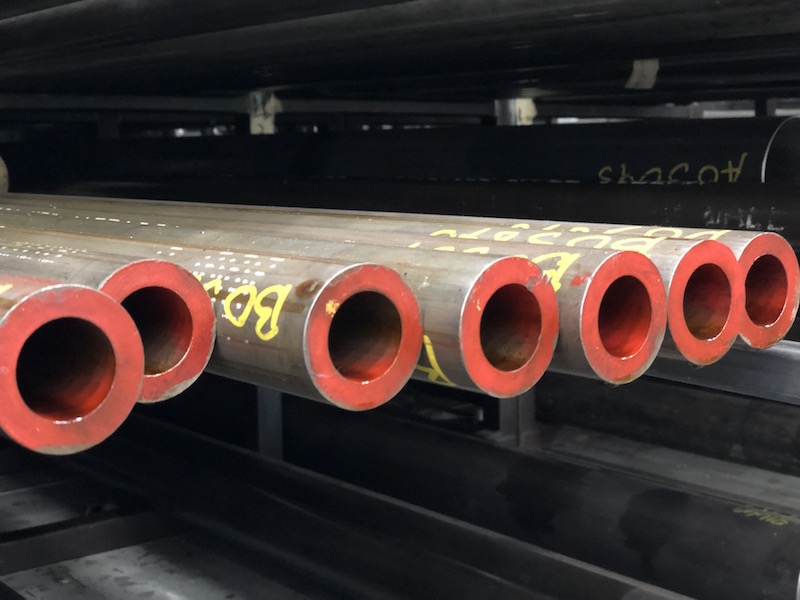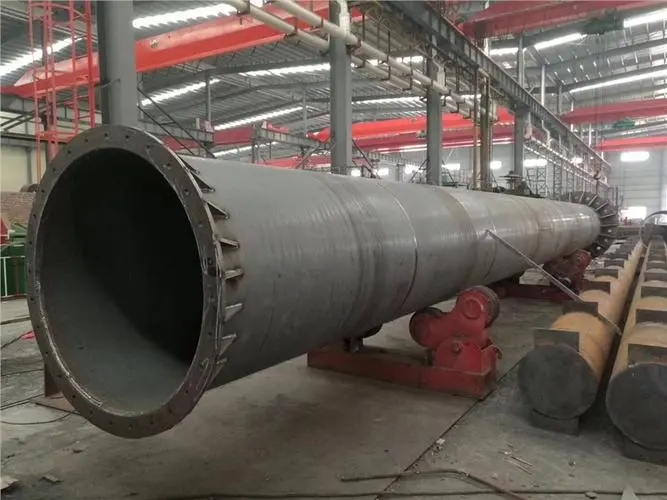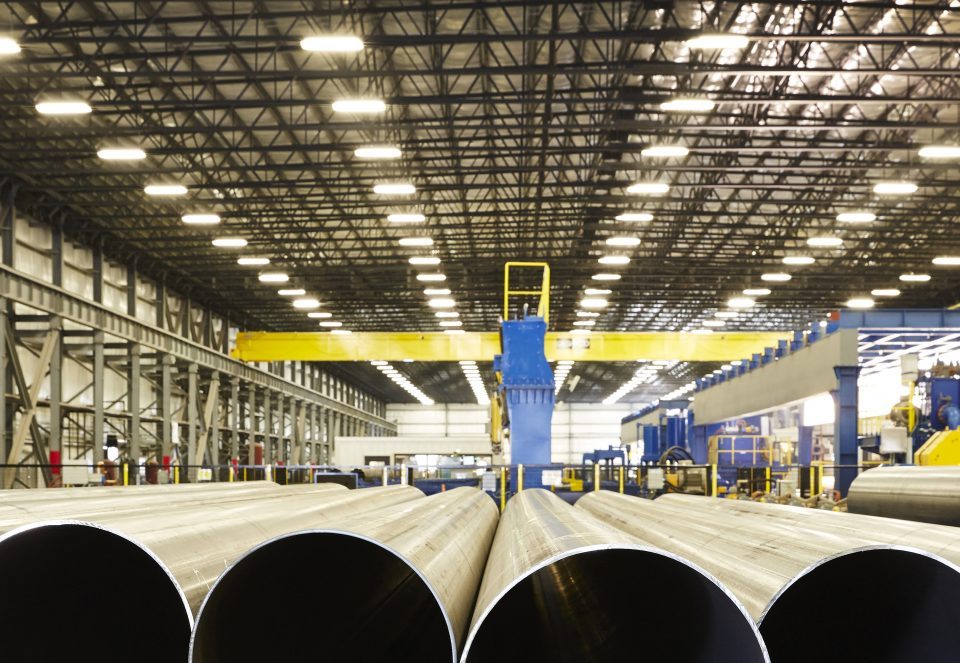45# seamless steel pipe
October 26, 2021Basic knowledge about oil pipeline
November 8, 2021The production methods of seamless steel pipes are roughly divided into cross-rolling method (Mennesmann method) and extrusion method. The cross-rolling method (Mennesmann method) is to first pierce the tube blank with a cross-rolling roller, and then extend it with a rolling mill. This method has a fast production speed, but has high requirements on the machinability of the tube blank, and is mainly suitable for the production of carbon steel and low-alloy steel pipes.
The extrusion method is to use a piercing machine to perforate the tube blank or steel ingot, and then use the extruder to extrude into a steel pipe. This method is less efficient than the cross-rolling method and is suitable for the production of high-strength alloy steel pipes.
Both the cross-rolling method and the extrusion method must first heat the tube billet or steel ingot, and the produced steel tube is called a hot-rolled tube. Steel pipes produced by hot working can sometimes be cold worked as needed. There are two methods of cold working: one is the cold drawing method, which is to draw the steel tube through a pipe drawing die to make the steel tube gradually thinner and elongated; the other method is the cold rolling method, which is the invention of the Mennesmann brothers The hot rolling mill is used in cold working methods. The cold processing of seamless steel pipes can improve the dimensional accuracy and processing finish of the steel pipe, and improve the mechanical properties of the material.
Transmission steel pipes can be divided into seamless steel pipes (SML) according to different pipe making processes. They are mainly used as internal gathering pipes and small-diameter high-pressure natural gas transmission pipes in oil fields. The number of long-distance oil and gas pipelines is very small, and most of them are long-distance pipelines. It adopts three types: ERW, SSAW, and LSAW. The following table shows the process characteristics and quality performance comparison of several steel pipes:
Straight seam high frequency welded pipe (ERW) is divided into induction welding and contact welding according to different welding methods. It uses hot-rolled wide strip steel coils as raw materials, and undergoes pre-bending, continuous forming, welding, heat treatment, sizing, straightening, and Compared with spiral welded pipes, cutting and other processes have the advantages of short weld seam, high dimensional accuracy, uniform wall thickness, good surface quality, and high pressure resistance. However, the disadvantage is that only small and medium-caliber thin-walled pipes can be produced, and the weld is prone to gray spots. , Unfused, groove-like corrosion defects. At present, the more widely used areas are city gas, crude oil and refined oil transportation, etc.
Spiral submerged arc welded pipe (SSAW) is a strip steel coiled pipe whose advancing direction has a forming angle (adjustable) with the center line of the formed pipe. It is welded while forming, and its weld is spiral. The advantage is that the same specification of strip steel can be produced Steel pipes of various diameters have a large range of raw materials. The welding seam can avoid the principal stress and the stress is better. The disadvantage is that the geometrical size is poor. The length of the weld Welding defects such as slag inclusion and welding deviation, the welding stress is in the state of tensile stress. The general design code for long-distance oil and gas pipelines stipulates that spiral submerged arc welded pipes can only be used in Category 3 and Category 4 areas. In foreign countries, this process is improved and the raw material is changed to steel plate to separate the forming and welding. After pre-welding and precision, and cold expansion after welding, the welding quality is close to UOE pipe. At present, there is no such process in China. It is a spiral pipe in China. The direction of plant improvement. The spiral pipe used in the “West-East Gas Pipeline” is still produced according to the traditional technology, but the pipe end has been expanded in diameter. The United States, Japan, and Germany generally reject SSAW and believe that SSAW should not be used on the main trunk line; Canada and Italy use SSAW in some cases, and Russia uses SSAW in a small amount, and they have formulated very strict supplementary conditions. Due to historical reasons, most domestic trunk lines still use SSAW. .
Longitudinal submerged arc welded pipe (LSAW) is produced by using a single medium and thick plate as raw material, pressing (rolling) the steel plate in a mold or forming machine into a tube blank, using double-sided submerged arc welding and expanding the diameter. The finished product has a wide range of specifications, and the weld has good toughness, plasticity, uniformity and compactness. It has the advantages of large pipe diameter, pipe wall thickness, high pressure resistance, low temperature resistance and strong corrosion resistance. When constructing high-strength, high-toughness, and high-quality long-distance oil and gas pipelines, most of the steel pipes required are large-diameter thick-walled LSAW pipes. According to API standards, in large-scale oil and gas pipelines, when passing through Class 1 and Class 2 areas such as alpine areas, seabeds, and densely populated urban areas, LSAW pipes are the only designated applicable pipe type. According to different molding methods, it can be divided into:
UOE welded pipe: After the single steel plate is pre-bent at the edge, it is U-shaped, O-shaped, internal welding, external welding, mechanical cold expansion and other processes;
JCOE welded pipe: Pre-welding, forming, and cold expanding after welding according to “J-C-O-E”;
HME welded pipe: It is formed by the mandrel rolling method according to “C-C-O”, and after welding, it is cold-expanded and other processes
